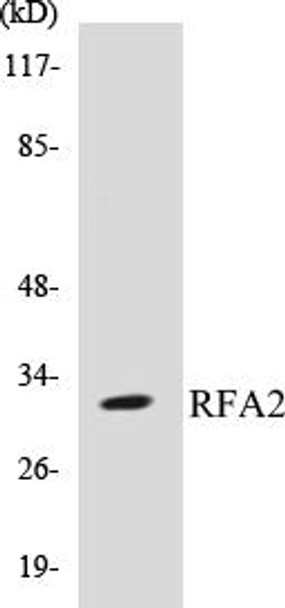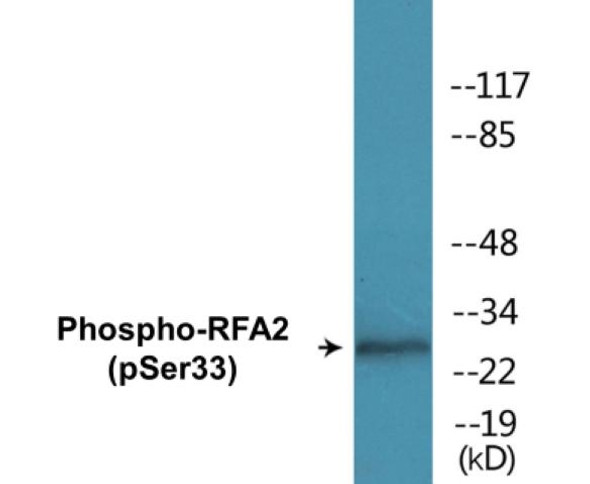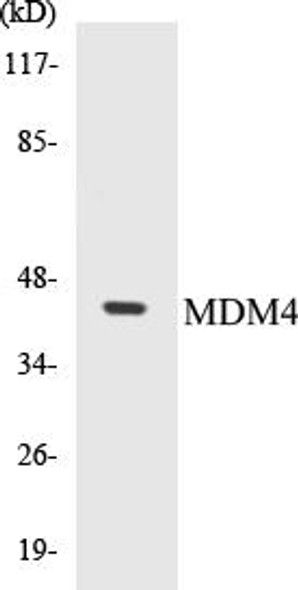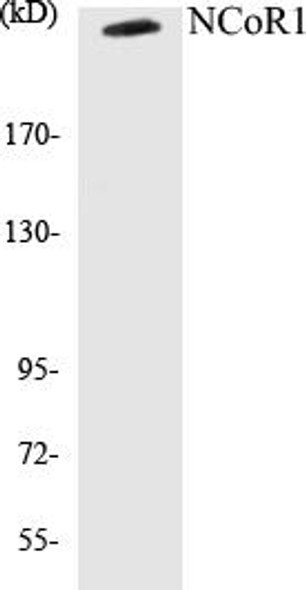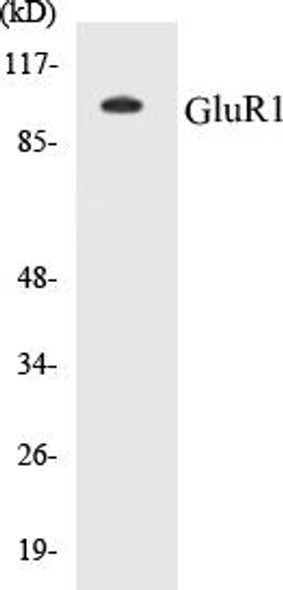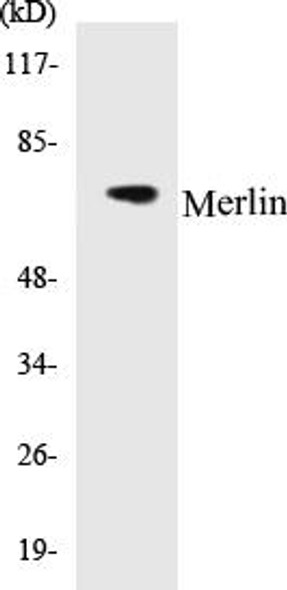RFA2 Colorimetric Cell-Based ELISA Kit
- SKU:
- CBCAB00845
- Product Type:
- ELISA Kit
- ELISA Type:
- Cell Based
- Research Area:
- Epigenetics and Nuclear Signaling
- Reactivity:
- Human
- Mouse
- Rat
- Detection Method:
- Colorimetric
Description
RFA2 Colorimetric Cell-Based ELISA Kit
The RFA-2 Colorimetric Cell-Based ELISA Kit from Assay Genie is a cutting-edge tool for researchers looking to accurately detect angiogenin levels in biological samples. This kit offers high sensitivity and specificity, guaranteeing precise and consistent results across a variety of applications.Angiogenin is a key player in angiogenesis, the formation of new blood vessels, and can impact cell growth and proliferation. Its role in various diseases such as cancer, cardiovascular disorders, and neurodegenerative conditions makes it a valuable biomarker for studying these illnesses and developing new treatment strategies.
With the RFA-2 Colorimetric Cell-Based ELISA Kit, researchers can confidently measure angiogenin levels in human serum, plasma, and cell culture supernatants, paving the way for groundbreaking discoveries in the field of angiogenesis research.
| Product Name: | RFA2 Colorimetric Cell-Based ELISA |
| Product Code: | CBCAB00845 |
| ELISA Type: | Cell-Based |
| Target: | RFA2 |
| Reactivity: | Human, Mouse, Rat |
| Dynamic Range: | > 5000 Cells |
| Detection Method: | Colorimetric 450 nmStorage/Stability:4°C/6 Months |
| Format: | 96-Well Microplate |
The RFA2 Colorimetric Cell-Based ELISA Kit is a convenient, lysate-free, high throughput and sensitive assay kit that can detect RFA2 protein expression profile in cells. The kit can be used for measuring the relative amounts of RFA2 in cultured cells as well as screening for the effects that various treatments, inhibitors (ie siRNA or chemicals), or activators have on RFA2.
Qualitative determination of RFA2 concentration is achieved by an indirect ELISA format. In essence, RFA2 is captured by RFA2-specific primary antibodies while the HRP-conjugated secondary antibodies bind the Fc region of the primary antibody. Through this binding, the HRP enzyme conjugated to the secondary antibody can catalyze a colorimetric reaction upon substrate addition. Due to the qualitative nature of the Cell-Based ELISA, multiple normalization methods are needed:
| 1. | A monoclonal antibody specific for human GAPDH is included to serve as an internal positive control in normalizing the target absorbance values. |
| 2. | Following the colorimetric measurement of HRP activity via substrate addition, the Crystal Violet whole-cell staining method may be used to determine cell density. After staining, the results can be analysed by normalizing the absorbance values to cell amounts, by which the plating difference can be adjusted. |
| Database Information: | Gene ID: 6118, UniProt ID: P15927, OMIM: 179836, Unigene: Hs.703070/Hs.79411 |
| Gene Symbol: | RFA2 |
| Sub Type: | None |
| UniProt Protein Function: | RFA2: Required for DNA recombination, repair and replication. The activity of RP-A is mediated by single-stranded DNA binding and protein interactions. Required for the efficient recruitment of the DNA double-strand break repair factor RAD51 to chromatin in response to DNA damage. Heterotrimer of 70, 32 and 14 kDa chains (canonical replication protein A complex). Component of the alternative replication protein A complex (aRPA) composed of RPA1, RPA3 and RPA4. The DNA-binding activity may reside exclusively on the 70 kDa subunit. Binds to SERTAD3/RBT1. Interacts with TIPIN. Directly interacts with PPP4R2, but not with SMEK2; this interaction is DNA damage-dependent and leads RPA2 dephosphorylation by PPP4C recruitment. Interacts with RAD51, preferentially when hyperphosphorylated. Directly interacts with RFWD3. 3 isoforms of the human protein are produced by alternative splicing. |
| UniProt Protein Details: | Protein type:DNA replication Chromosomal Location of Human Ortholog: 1p35 Cellular Component: chromatin; chromosome, telomeric region; DNA replication factor A complex; nuclear chromosome, telomeric region; nucleoplasm; nucleus; PML body Molecular Function:damaged DNA binding; enzyme binding; protein binding; protein N-terminus binding; protein phosphatase binding; single-stranded DNA binding; ubiquitin protein ligase binding Biological Process: base-excision repair; bypass DNA synthesis; DNA damage response, detection of DNA damage; DNA repair; DNA replication; DNA strand elongation during DNA replication; double-strand break repair; double-strand break repair via homologous recombination; error-prone postreplication DNA repair; G1 DNA damage checkpoint; G1/S transition of mitotic cell cycle; mismatch repair; mitotic cell cycle; nucleotide-excision repair; nucleotide-excision repair, DNA gap filling; nucleotide-excision repair, DNA incision; telomere maintenance; telomere maintenance via recombination; telomere maintenance via semi-conservative replication; transcription-coupled nucleotide-excision repair |
| UniProt Code: | P15927 |
| NCBI GenInfo Identifier: | 132474 |
| NCBI Gene ID: | 6118 |
| NCBI Accession: | P15927.1 |
| UniProt Secondary Accession: | P15927,Q52II0, Q5TEI9, Q5TEJ5, |
| UniProt Related Accession: | P15927 |
| Molecular Weight: | 38,810 Da |
| NCBI Full Name: | Replication protein A 32 kDa subunit |
| NCBI Synonym Full Names: | replication protein A2 |
| NCBI Official Symbol: | RPA2 |
| NCBI Official Synonym Symbols: | REPA2; RPA32; RP-A p32; RP-A p34 |
| NCBI Protein Information: | replication protein A 32 kDa subunit |
| UniProt Protein Name: | Replication protein A 32 kDa subunit |
| UniProt Synonym Protein Names: | Replication factor A protein 2; RF-A protein 2; Replication protein A 34 kDa subunit; RP-A p34 |
| Protein Family: | Replication protein |
| UniProt Gene Name: | RPA2 |
| UniProt Entry Name: | RFA2_HUMAN |
| Component | Quantity |
| 96-Well Cell Culture Clear-Bottom Microplate | 2 plates |
| 10X TBS | 24 mL |
| Quenching Buffer | 24 mL |
| Blocking Buffer | 50 mL |
| 15X Wash Buffer | 50 mL |
| Primary Antibody Diluent | 12 mL |
| 100x Anti-Phospho Target Antibody | 60 µL |
| 100x Anti-Target Antibody | 60 µL |
| Anti-GAPDH Antibody | 60 µL |
| HRP-Conjugated Anti-Rabbit IgG Antibody | 12 mL |
| HRP-Conjugated Anti-Mouse IgG Antibody | 12 mL |
| SDS Solution | 12 mL |
| Stop Solution | 24 mL |
| Ready-to-Use Substrate | 12 mL |
| Crystal Violet Solution | 12 mL |
| Adhesive Plate Seals | 2 seals |
The following materials and/or equipment are NOT provided in this kit but are necessary to successfully conduct the experiment:
- Microplate reader able to measure absorbance at 450 nm and/or 595 nm for Crystal Violet Cell Staining (Optional)
- Micropipettes with capability of measuring volumes ranging from 1 µL to 1 ml
- 37% formaldehyde (Sigma Cat# F-8775) or formaldehyde from other sources
- Squirt bottle, manifold dispenser, multichannel pipette reservoir or automated microplate washer
- Graph paper or computer software capable of generating or displaying logarithmic functions
- Absorbent papers or vacuum aspirator
- Test tubes or microfuge tubes capable of storing ≥1 ml
- Poly-L-Lysine (Sigma Cat# P4832 for suspension cells)
- Orbital shaker (optional)
- Deionized or sterile water
*Note: Protocols are specific to each batch/lot. For the correct instructions please follow the protocol included in your kit.
| Step | Procedure |
| 1. | Seed 200 µL of 20,000 adherent cells in culture medium in each well of a 96-well plate. The plates included in the kit are sterile and treated for cell culture. For suspension cells and loosely attached cells, coat the plates with 100 µL of 10 µg/ml Poly-L-Lysine (not included) to each well of a 96-well plate for 30 minutes at 37°C prior to adding cells. |
| 2. | Incubate the cells for overnight at 37°C, 5% CO2. |
| 3. | Treat the cells as desired. |
| 4. | Remove the cell culture medium and rinse with 200 µL of 1x TBS, twice. |
| 5. | Fix the cells by incubating with 100 µL of Fixing Solution for 20 minutes at room temperature. The 4% formaldehyde is used for adherent cells and 8% formaldehyde is used for suspension cells and loosely attached cells. |
| 6. | Remove the Fixing Solution and wash the plate 3 times with 200 µL 1x Wash Buffer for five minutes each time with gentle shaking on the orbital shaker. The plate can be stored at 4°C for a week. |
| 7. | Add 100 µL of Quenching Buffer and incubate for 20 minutes at room temperature. |
| 8. | Wash the plate 3 times with 1x Wash Buffer for 5 minutes each time. |
| 9. | Add 200 µL of Blocking Buffer and incubate for 1 hour at room temperature. |
| 10. | Wash 3 times with 200 µL of 1x Wash Buffer for 5 minutes each time. |
| 11. | Add 50 µL of 1x primary antibodies (Anti-RFA2 Antibody and/or Anti-GAPDH Antibody) to the corresponding wells, cover with Parafilm and incubate for 16 hours (overnight) at 4°C. If the target expression is known to be high, incubate for 2 hours at room temperature. |
| 12. | Wash 3 times with 200 µL of 1x Wash Buffer for 5 minutes each time. |
| 13. | Add 50 µL of 1x secondary antibodies (HRP-Conjugated AntiRabbit IgG Antibody or HRP-Conjugated Anti-Mouse IgG Antibody) to corresponding wells and incubate for 1.5 hours at room temperature. |
| 14. | Wash 3 times with 200 µL of 1x Wash Buffer for 5 minutes each time. |
| 15. | Add 50 µL of Ready-to-Use Substrate to each well and incubate for 30 minutes at room temperature in the dark. |
| 16. | Add 50 µL of Stop Solution to each well and read OD at 450 nm immediately using the microplate reader. |
(Additional Crystal Violet staining may be performed if desired – details of this may be found in the kit technical manual.)

